A thorough cleaning removes plaque and tartar that once covered parts of your teeth, temporarily exposing areas that may react to temperature or pressure. […]
Why Are My Teeth Sensitive After a Dental Cleaning? Causes & Relief Options
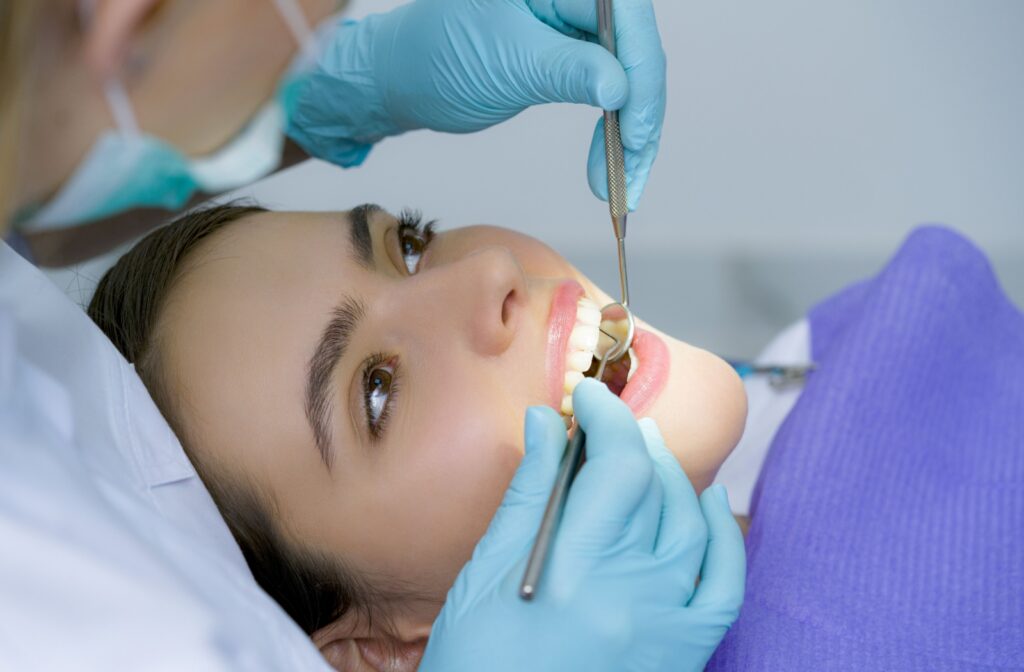
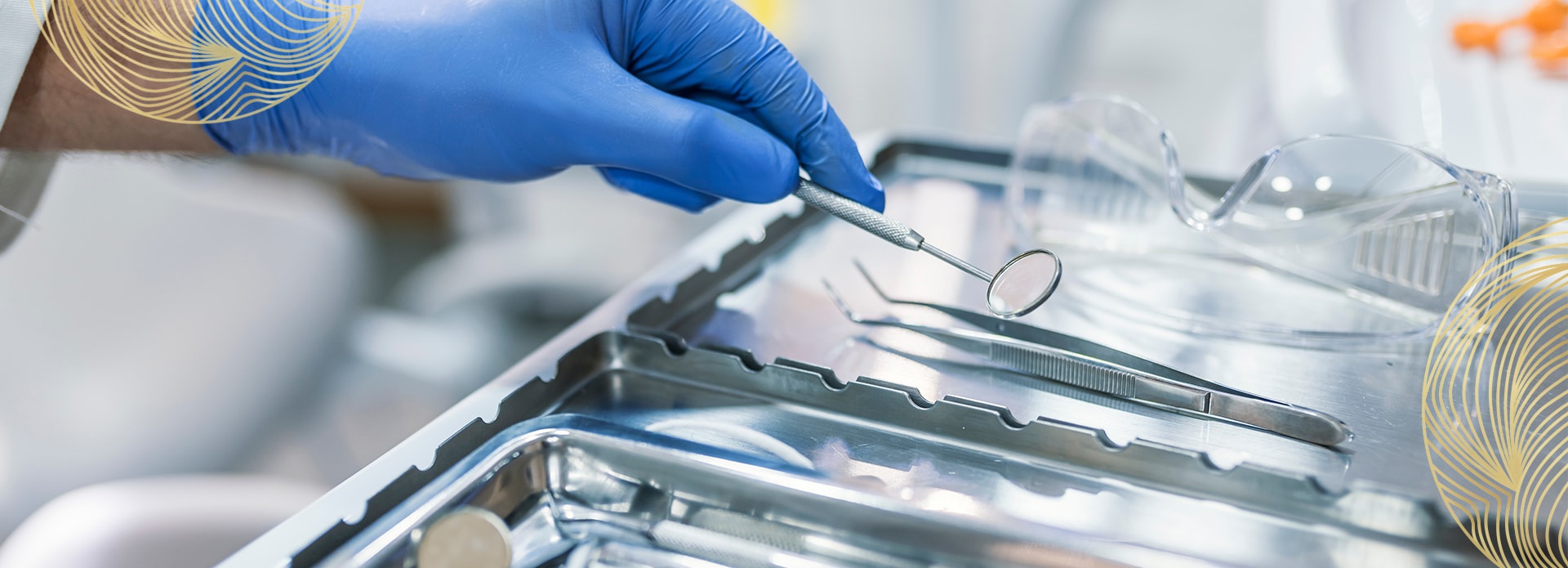

A thorough cleaning removes plaque and tartar that once covered parts of your teeth, temporarily exposing areas that may react to temperature or pressure. […]
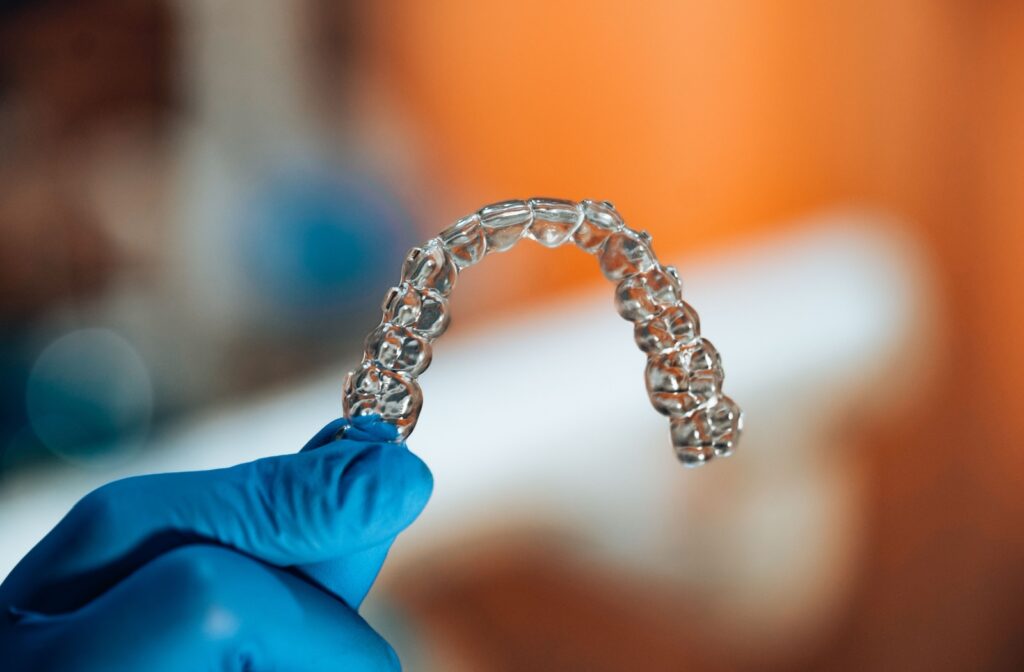
Invisalign® treatment fits into your busy lifestyle by offering a discreet and flexible way to straighten your teeth without major interruptions to your professional or social life. […]
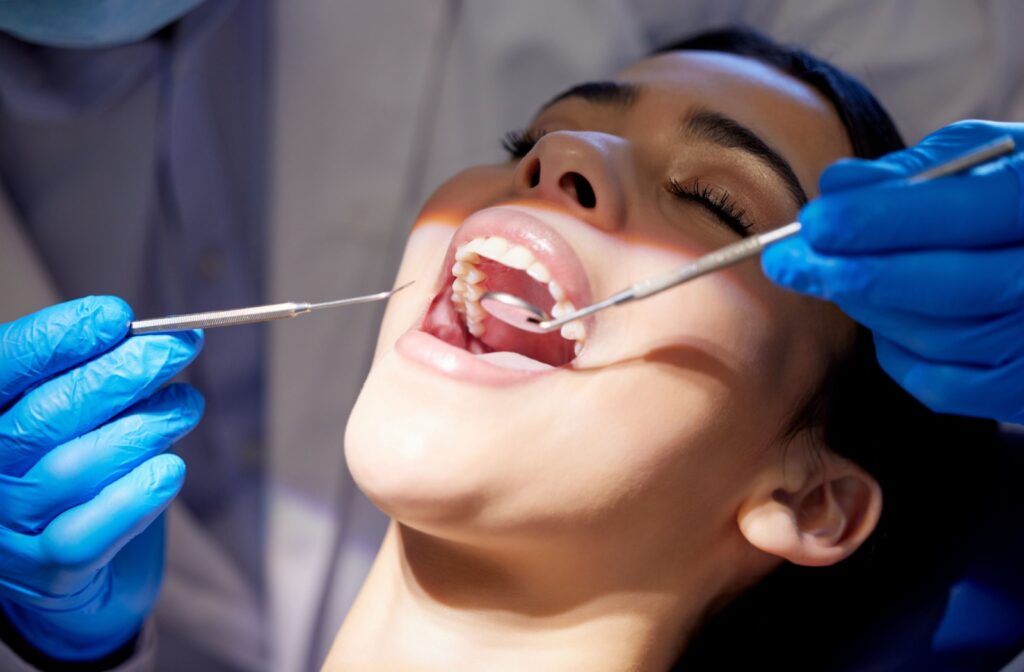
Cavities do not always look the same. At first, they may appear as faint white, chalky spots, but as the decay progresses, they can turn light brown, dark brown, or even black. In more advanced stages, you might notice a small hole or pit in your tooth. […]
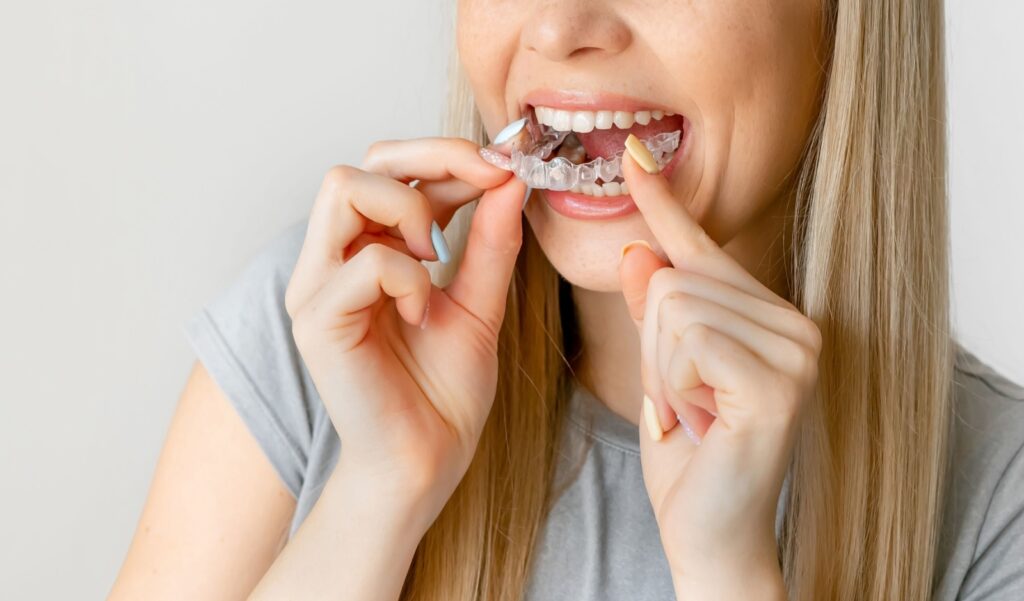
Teeth have memory. They often want to move back to their original positions. This natural tendency makes retention an essential part of any Invisalign plan. A retainer holds your teeth in place after they have been repositioned, allowing the surrounding bone and tissue to adapt and stabilize. […]

Veneers come in 2 primary types, porcelain or composite, each designed to meet different aesthetic goals, timelines, and budgets. […]
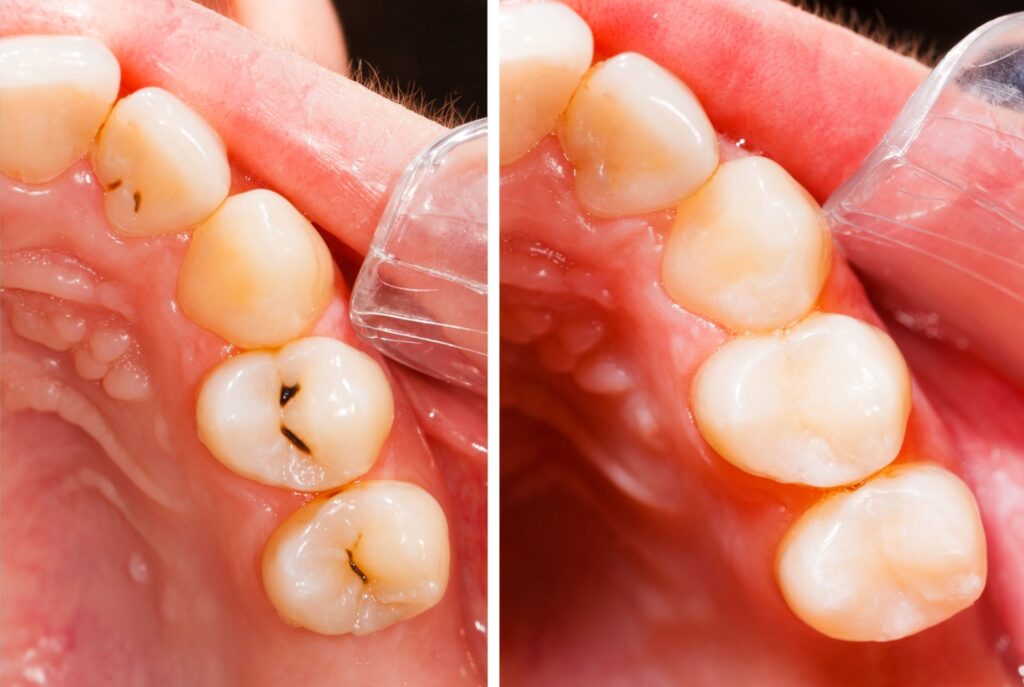
When you share saliva, you increase your risk of developing a cavity. While you cannot “catch” a cavity like a cold or flu, you can contract or transmit cavity-causing bacteria through saliva. […]

A gap creates an area where bacteria thrive, and without quick intervention, this can easily lead to long-term dental problems like cavities, gum disease, and food traps infection.
Fortunately, there is an answer: dental bonding. This quick and effective procedure addresses gaps and other minor imperfections. It is an ideal option for those looking for a cost-conscious and noninvasive approach to improving their smile. […]

Chipping a tooth can be alarming. This is more than a short-term inconvenience—a chipped tooth can have long-term effects on oral health. The foods you eat, your unique habits, your dental hygiene, and your lifestyle play a role when chipped teeth are involved. […]
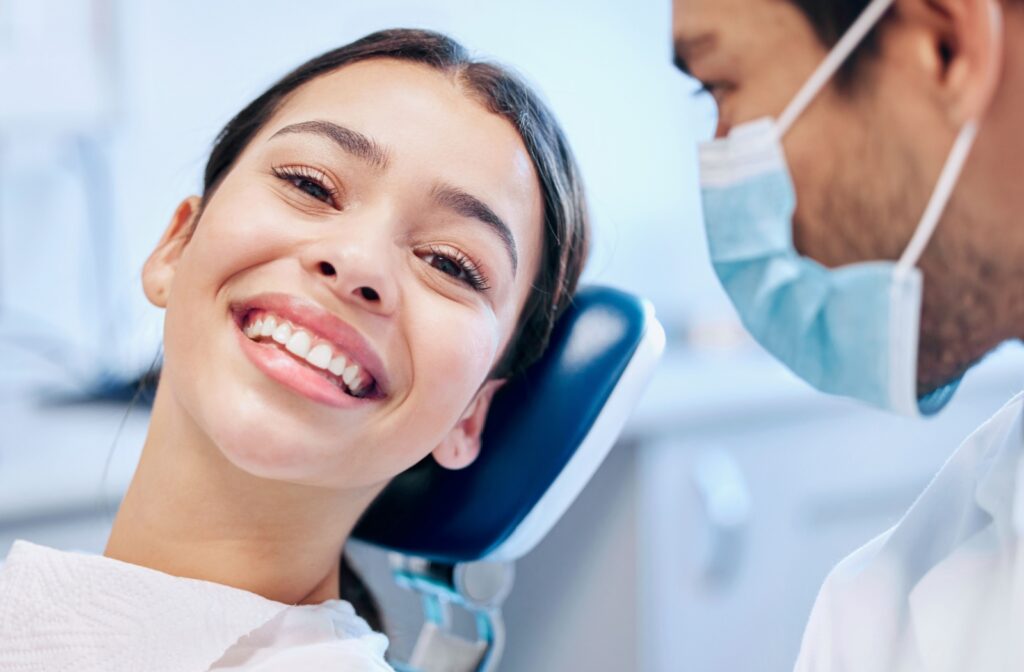
You can usually eat right after a dental cleaning. However, if you received a fluoride treatment, you should wait at least 30 minutes before eating, giving the fluoride time to strengthen your teeth properly before rinsing. Make sure to follow any post-care instructions from your dentist to preserve the results of your cleaning. […]
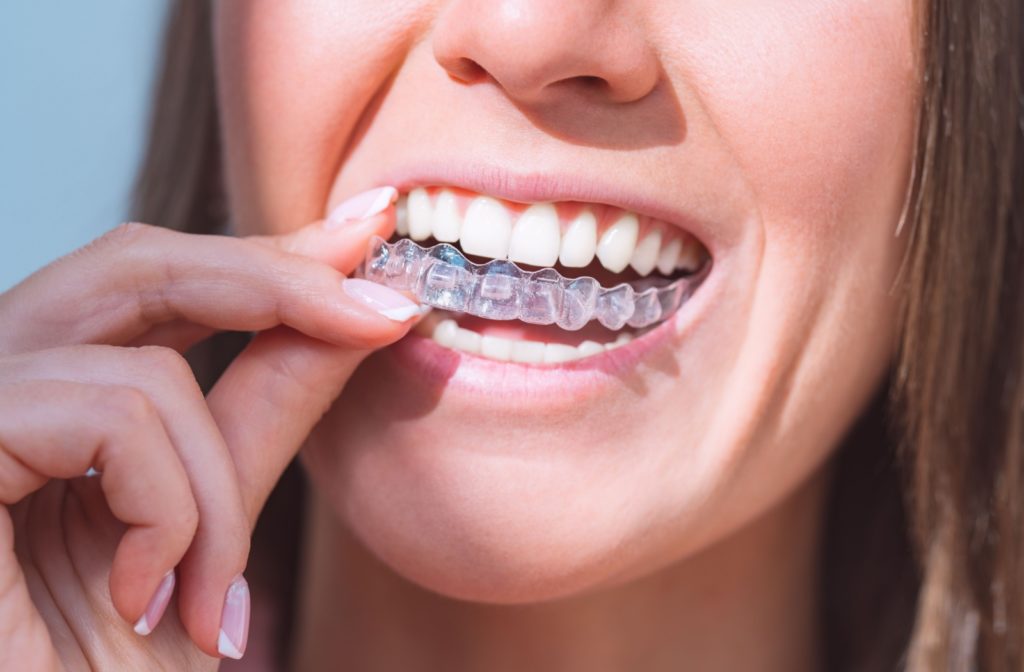
This discomfort is a normal part of the process, but there are several ways you can help alleviate the temporary soreness, including:
Using a cold compress
Rinsing with saltwater
Eating softer foods
Taking pain relievers
Abide with the recommended 20-22 hours of wearing the aligners […]